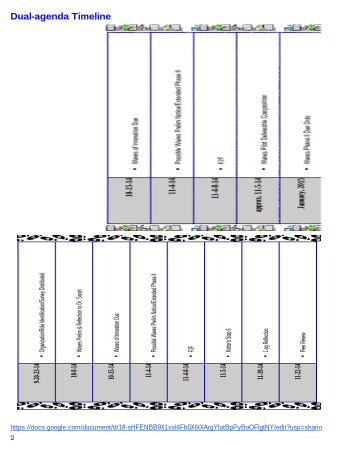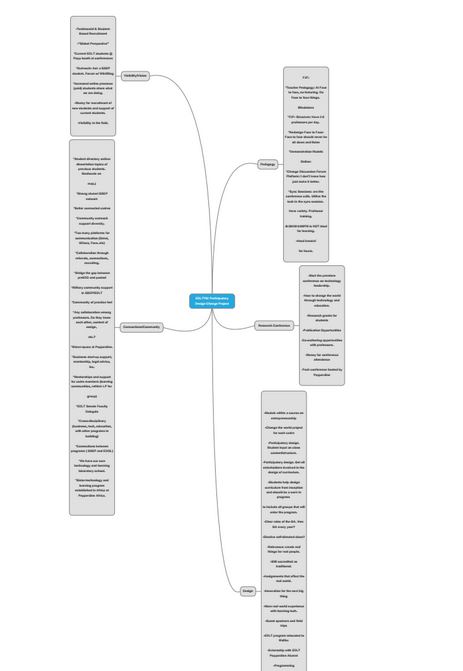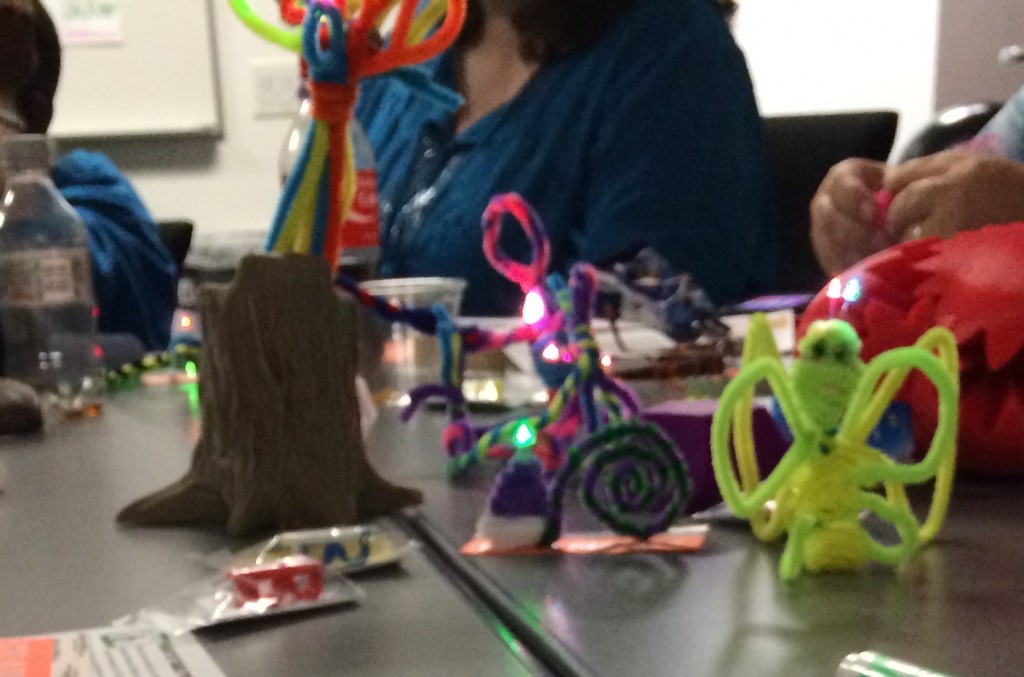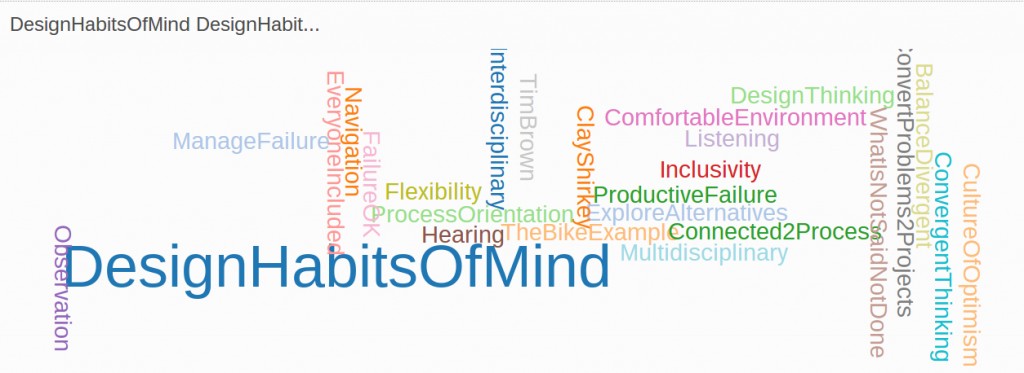Design Journal 1: My Arduino Project Idea
My Arduino project involves a way for my mom to feel close to my dad in the middle of the night or anytime that she misses him. My mom had a stroke earlier this year and it was a debilitating event for her. After an initial rebound, during the last few months, her condition has deteriorated.
My parents are at home together. I have no idea what a marriage of 67 years looks and feels like, but I have observed my parents to be very connected and almost symbiotic (hard to describe). My mom is now on home-based Hospice care and in a hospital bed in their room. My dad, in year 14 of stroke rehab and adjustment, has 24-hour caregivers in his office which we’ve remodeled to house a hospital bed for him.
When mom was in the hospital for so long last winter and spring, I would run videos on my iPhone of Dad talking to her, singing to her, and sometimes delivering parts of old speeches to her (the later would always lull her to sleep). I have forwarded these little phone videos to mom’s caregivers, but for whatever reason she doesn’t see them.
I would like to create an Arduino project for my mom that would be stitched into and cushioned within one of my dad’s old flannel shirts and would hold a light. I would like to wind this around the side of my mom’s hospital bed, like a garland, where she could also have a tiny, little bit of control to touch it and perhaps be reminded of Dad.
Ambitiously, I would also like to use some sort of adaptation to allow mom to hear dad’s voice in the middle of the night. I received a greeting card once that had a recording of a former student’s voice that played when I opened the card. Oscar says that this idea is not too far-fetched.









